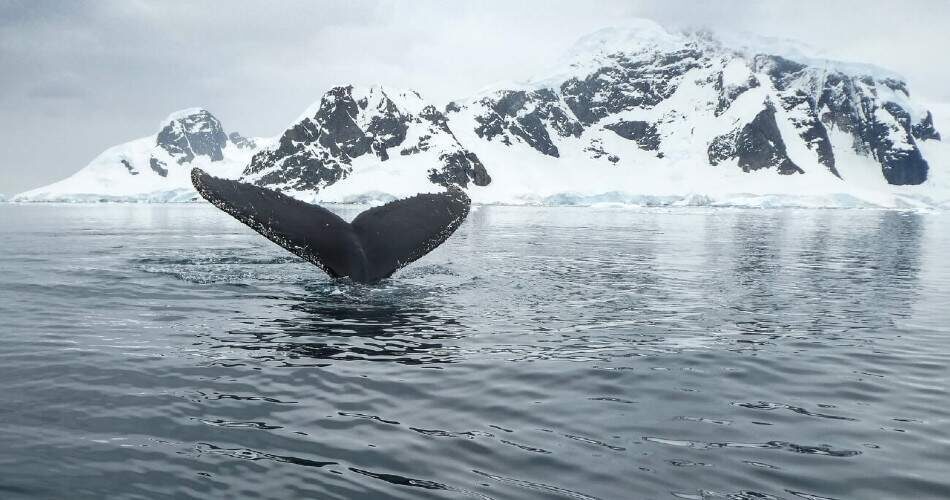Estimated reading time: 1 minute
Antarctica may seem like a land of perpetual winter, but even here there are seasons, but only two: summer and winter.
In Antarctica, winter is from April to September. Here, the winters are long and very cold, with dark nights that can last for weeks. The temperatures on the plateau can range from -40°C (-40°F) to -70°C (-94°F). The lowest temperature yet recorded on the Earth’s surface was −89.2°C (-128.56°F) at Vostok station on July 21, 1983.
The darkness does not last as long as the light during the summer, because there is twilight after the sun sets and until it reappears.
If anyone is in Antarctica once winter comes, they will stay there until summer. Flights and ships do not travel to and from Antarctica once the weather gets worse. Researchers are usually the only people who stay there during the winter.
The further south you go, the colder, darker and longer the winter is. Antarctica is a large continent, and conditions vary quite a bit from the South Pole to its edge.
High altitude translates into a colder winter, and low altitude and proximity to the ocean translate into a milder winter.
At the Pole itself, the year consists of extremes, where there is constant darkness in winter for six months per year.
When the sun disappears in winter, the temperatures drop dramatically and do not rise again until it returns.
If you want to find out what summer is like in Antarctica, check out our article on this topic: Summer in Antarctica.
[Photo from Unsplash]
